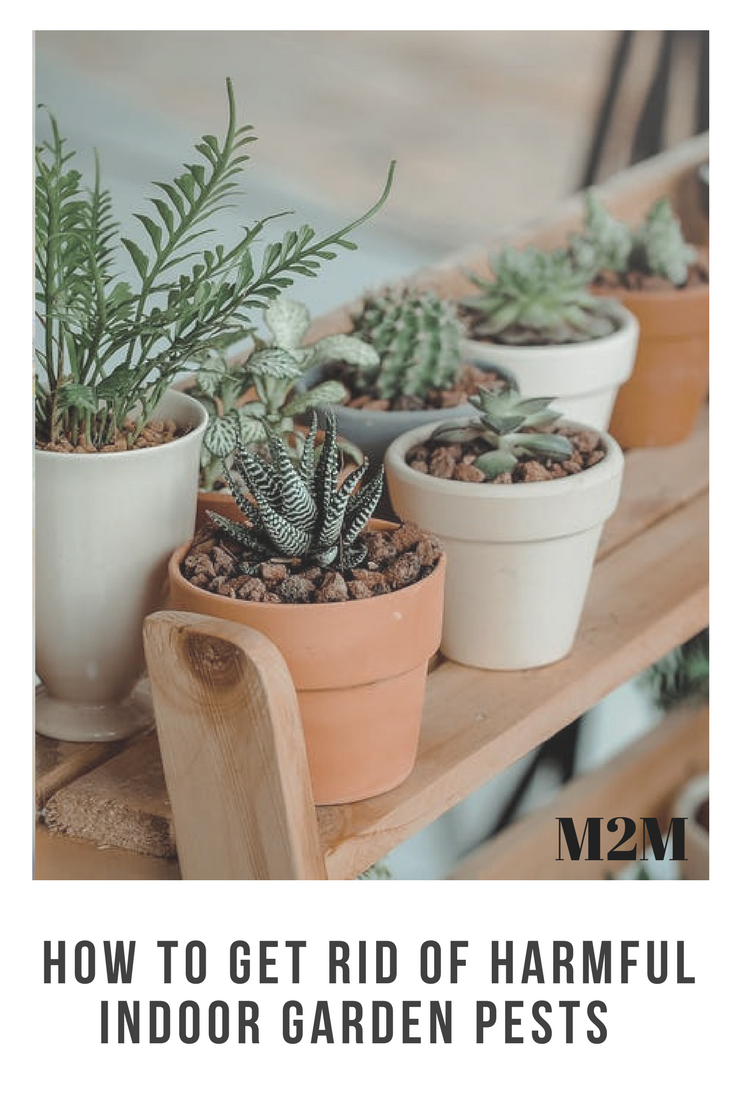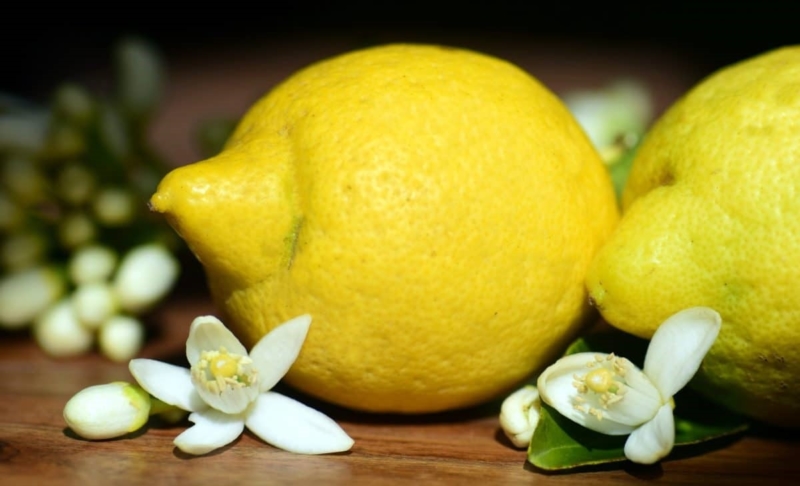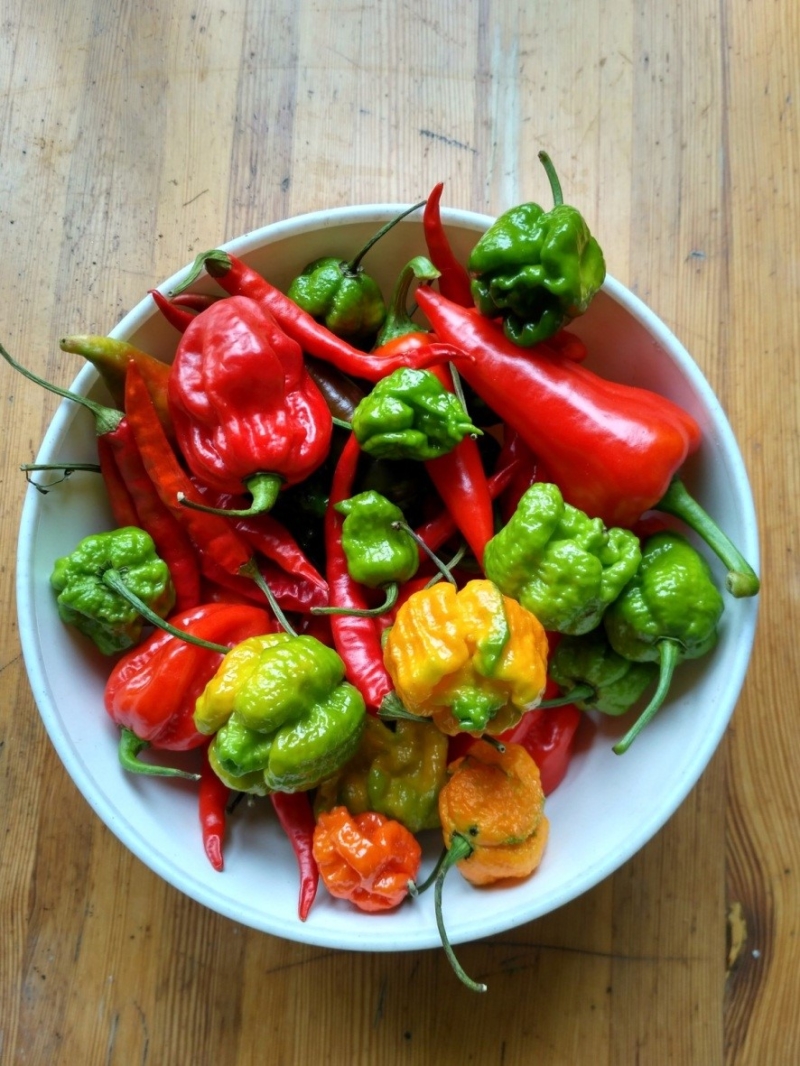Today, I’m sharing gardening tips on native plants for pollinators. First, check out my post on How to Attract Pollinators before you leave. Pollinators are needed to help produce flowers, fruits and vegetables. So, it is imperative that you plant a garden that will produce nectar for bees, wasps, beetles, butterflies, hummingbirds etc. These are the top pollinators in gardens. As a result, you will want plants that will attract them.
Next, annuals, perennials and native plants will attract pollinators. However, native plants are preferred. Since they are native, they don’t require fertilizers and they adapt easily to soil conditions. And, they require less water than annuals and perennials. I love planting a combination of natives, annuals, and perennials.
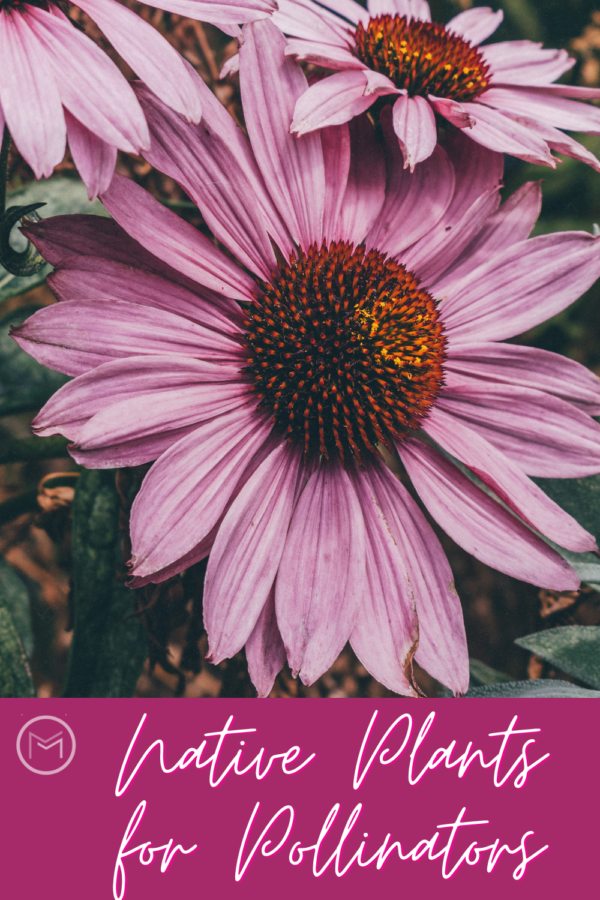
Here is a list of native plants for pollinators:
Eastern Red Columbine – So, this plant attracts humming birds and blooms April through May. It it known for its beautiful red and yellow flowers. And, it can be grown from seed. However, it will bloom in it’s second year. Eastern Red Columbine thrives in shade and in the sun, but must be watered. Great for zones 3 – 8.
Black Chokeberry – Next, this is a small to medium size shrub that grows about 3 – 4 feet and produces white flowers in April and May. Afterwards, you will find black fruit that will grow into winter. These berries will help feed backyard birds during cold weather. The foliage is a bright mix of red and orange. Great in zones 3 – 8.
Purple Milkweed – The purple milkweed loves sun and dry soil. It produces dark purple flowers in June and July. The plants grows to about 2 – 3 feet, and attracts monarch butterflies. Perfect in zones 3 – 8.
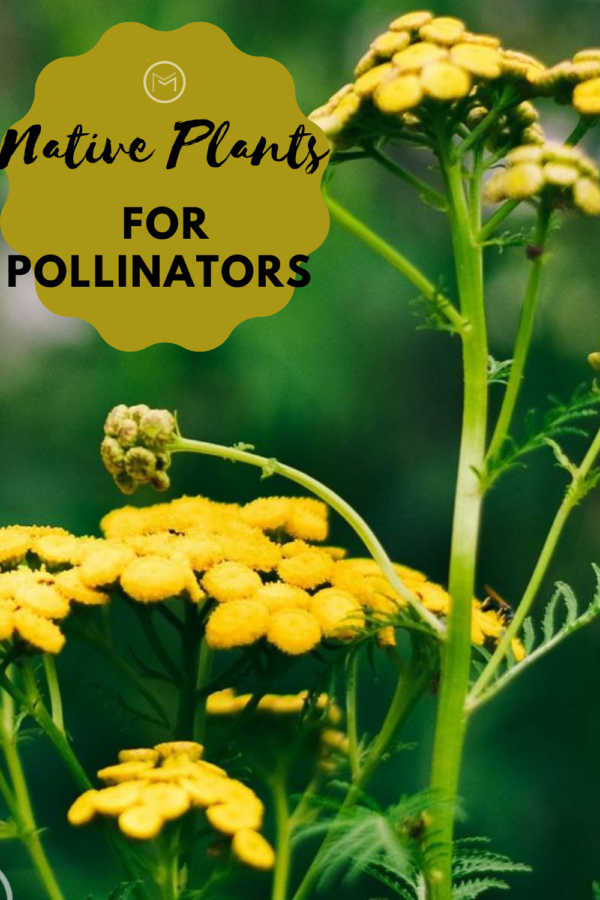
Butterfly Weed – Also, this plant produces bright yellow, orange, and red flowers, which attracts lots of beautiful butterflies. It plays an important role in my butterfly garden. It likes full sun with good drainage soil. Plants grow to about 1 – 3 feet, and blooms July – September. Perfect for zones 4-9.
Mountain Goldenrod – This plant grows about 2 feet and produces yellow flowers that bloom July – September. Actually, they prefer part shade and rocky soil. The yellow flowers attract butterflies. Perfect for zones 3 – 8. I’m lucky, Goldenrod grows wild around my property. As a result, I transplanted several plants this fall into my butterfly garden. Hopefully they will survive the winter.
Smooth Aster – So, this plant grows about 2 – 4 feet, and loves full sun to part sun. It produces blue flowers from August – September. Great for zones 3 – 8.
Fire Pink – This plants will attract hummingbirds. It produces crimson colored flowers and blooms May – July. The Fire Pink loves full sun or full shade. Looks beautiful in gardens and woodlands. Perfect for zones 4 – 8.
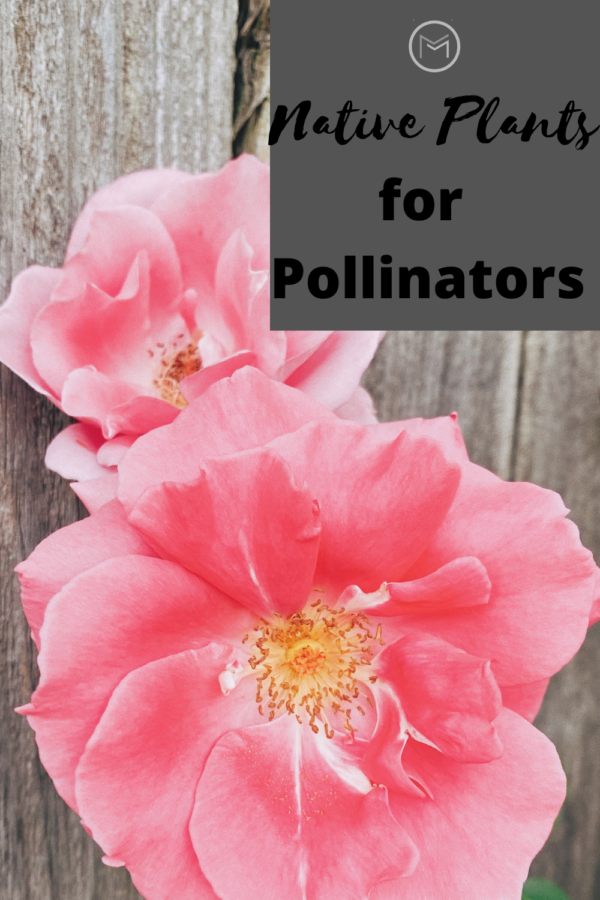
Golden Alexander – This plant is an blooms early, and is a member of the carrot family. Most importantly, it is a host plant for the Black Swallowtail butterfly. It prefers full sun to part shade and grows to be about 1 – 3 feet tall with a 1 – 2 foot spread. Great for zones 4 – 8.
Hoary Skullcap – This plant loves sun, part shade to shade. It grows 2 – 3 feet, but should be planted in a large garden so it can spread. The plants produces purple, blue or violet flowers that bloom from June – September. Perfect for zones 4 – 9.
Rosinweed – This plant is similar to a sunflower. It grows to be 4 – 6 feet, but usually tops out at 3 feet. It is happy in full sun to part shade. And, it blooms from June – August, and the Goldfinch love the seed. Great for zones 4 – 8.
Queen of the Prairie – This plant loves full sun with rich soil. It produces cotton-candy pink flowers that are puffy like cotton candy. The plants grows to about 2 – 8 feet and produces blooms from June – August. This is perfect for Zones 3 – 7.
Purple Coneflowers – Last, coneflowers love sun to part shade. The purple coneflower produces pink flower and produces seeds that the Gold Finch loves in the winter. The plants grow approximately 3 – 4 feet tall and bloom from June – August. Perfect for zone 3-8.
Last, I hope that you will check out each of these beautiful plants and determine if they will grow in your growing zone. If so, purchase a few for a favorite spot in your garden. It’s important that we add more native plants each year.
